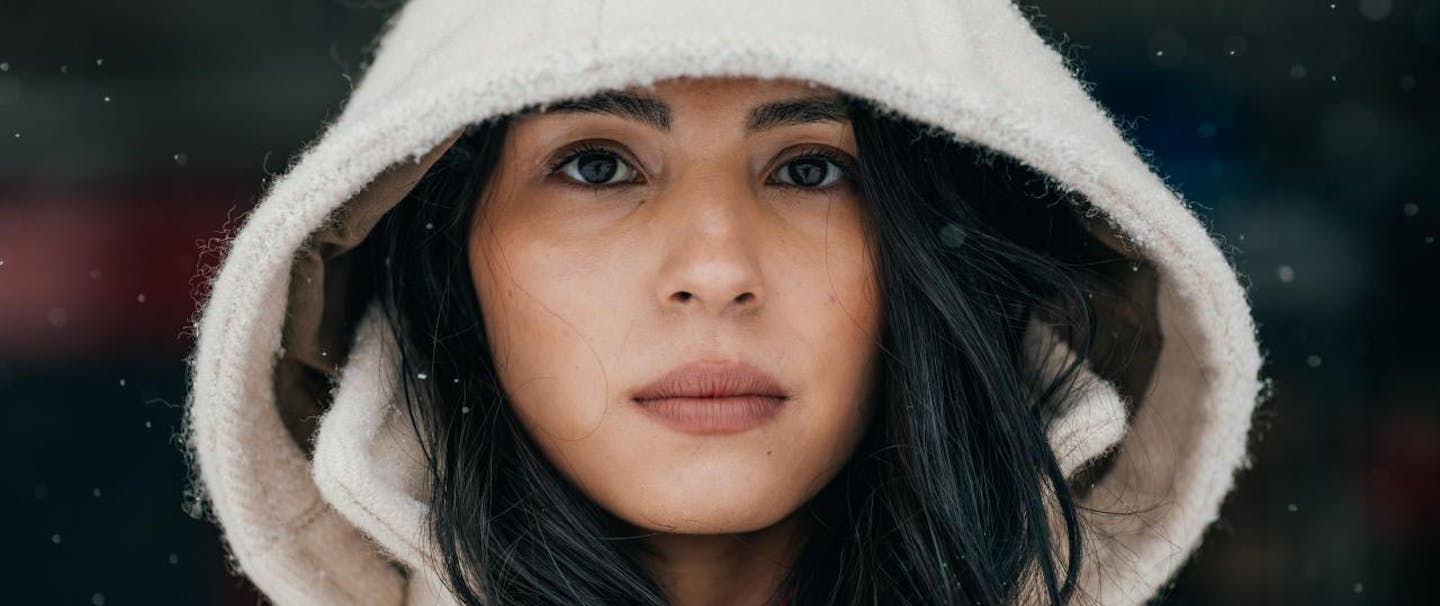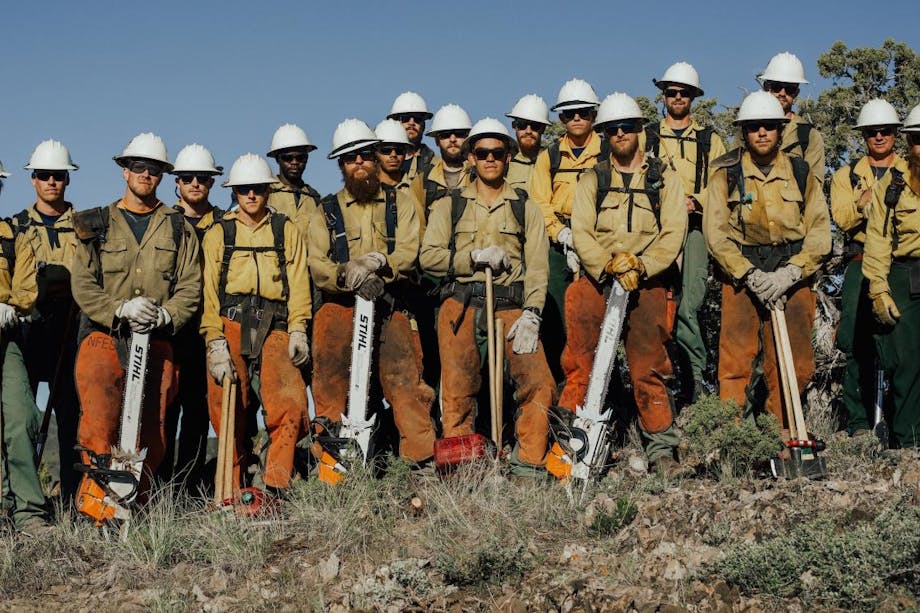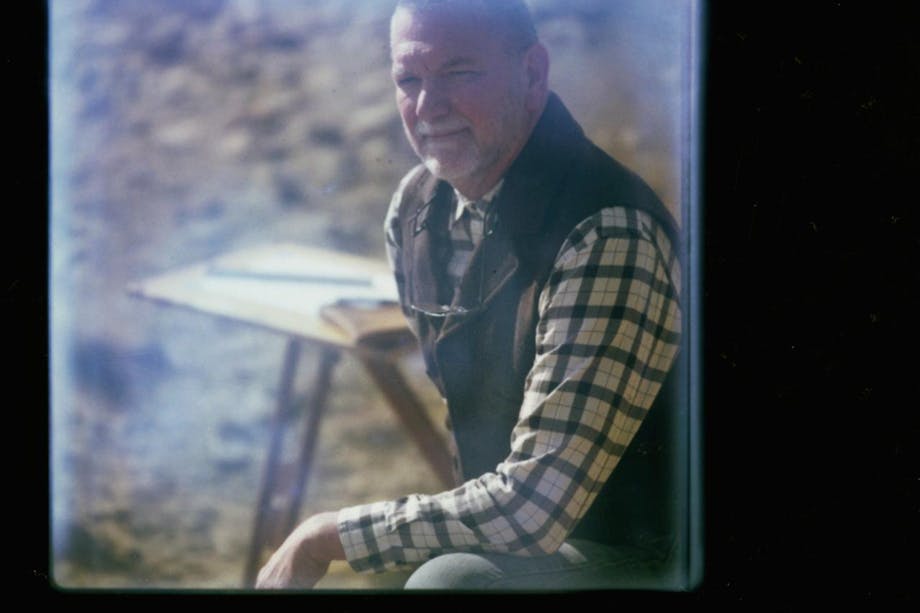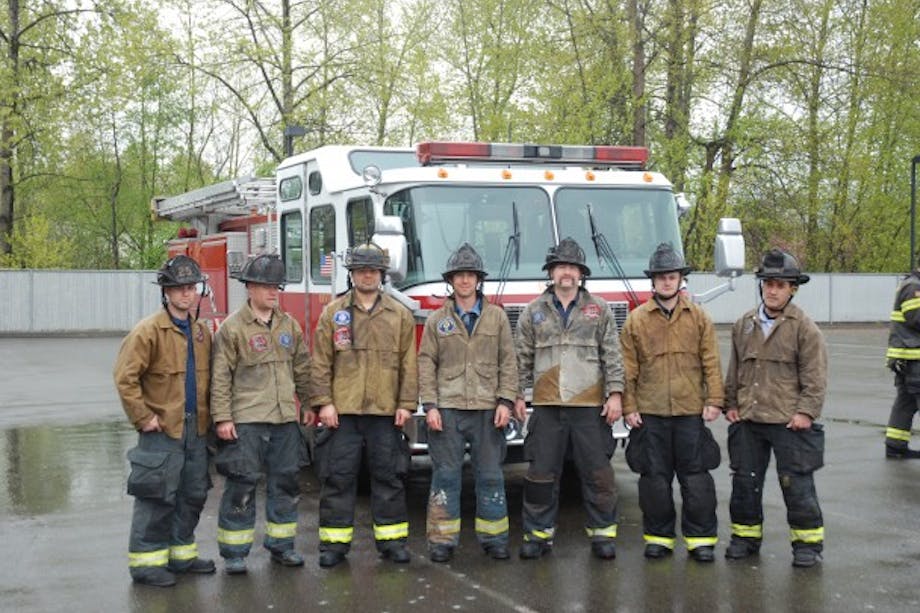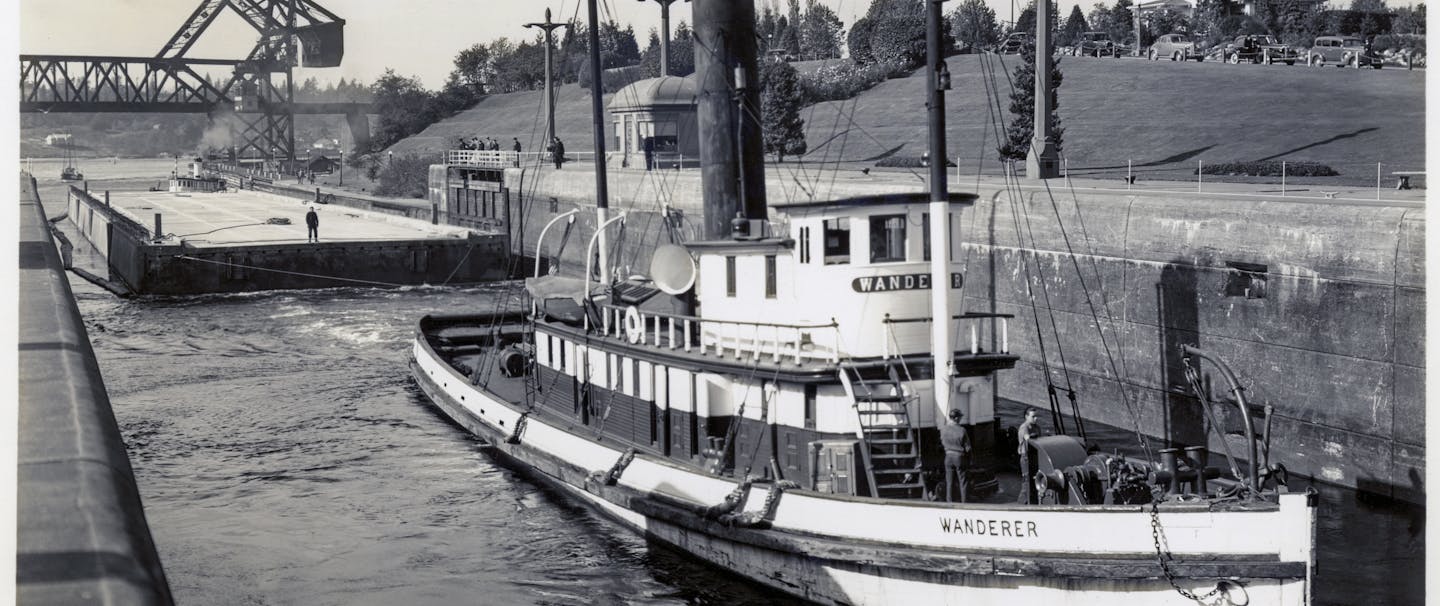EEarlier this winter, we traveled to the snowcovered Canadian Rockies to develop our latest print catalog. We invited fancy shawl dancer, Keya Clairmont, to join. The 24 year old is grounded in the mountains, yet spends a lot of her time in the air; fancy shawl is an energetic style of dance full of jumps and spins. Keya is serious about dancing and even more serious about supporting the generation following her.
When Keya started walking, she started dancing. Growing up in Denver, she grew to know two worlds- the urban and the traditional- and dancing has kept her tightly connected to her native identity and her Sicangu Lakota, Sisseton Dakota, Taos Pueblo, Meskwaki, and Ojibwe tribes.
The heartbeat of dance in the Clairmont family is strong. Everyone dances. Keya’s father is a champion grass dancer and her aunt, Tanksi, is a decorated fancy shawl dancer. Together, they’ve had a strong influence and shared a blueprint for the work needed to dance at a high level. Keya has kept the family tradition, winning numerous competitions and being named the Denver March Powwow Princess in 2016.
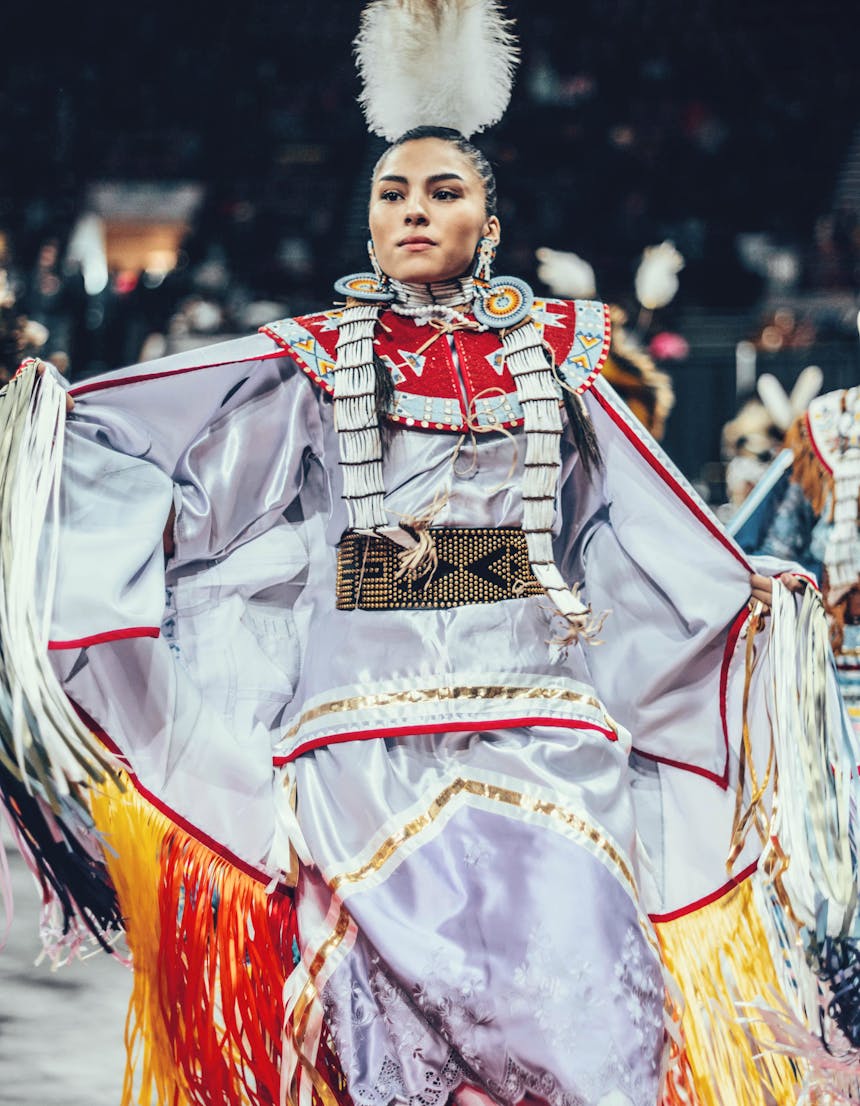
In 2018, Keya had the opportunity to influence a new audience. She choreographed and performed Moccasins En Pointe, an original piece with Colorado Ballet. It was the first time she’d taught dance to non-natives. She started with the music.
“The music is what makes us dance,” Keya says. “Certain songs make us dance in different ways. The ballet dancers may never truly understand the specifics but I wanted to give them the experience of how I feel when I’m at a powwow, dancing. It was a very personal experience.”
Dancing keeps Keya on the move. Each time we spoke, she was in a different time zone. We were happy she could fit in a trip with Filson. Keya said that when she first arrived on location in Alberta, she said a prayer. It’s her way of giving respect to a place and honoring the danger that’s inherent in the mountains. Keya was raised with a deep respect for the earth and seeks understanding of local native land when she travels. (Websites like native-land.ca/ are a good place to start.)
Keya feels that one of the biggest perks of the photoshoot was being able to see how different people work. She is also an aspiring photographer and takes her camera wherever she goes. To Keya, a photo is a gift and a camera is a tool.
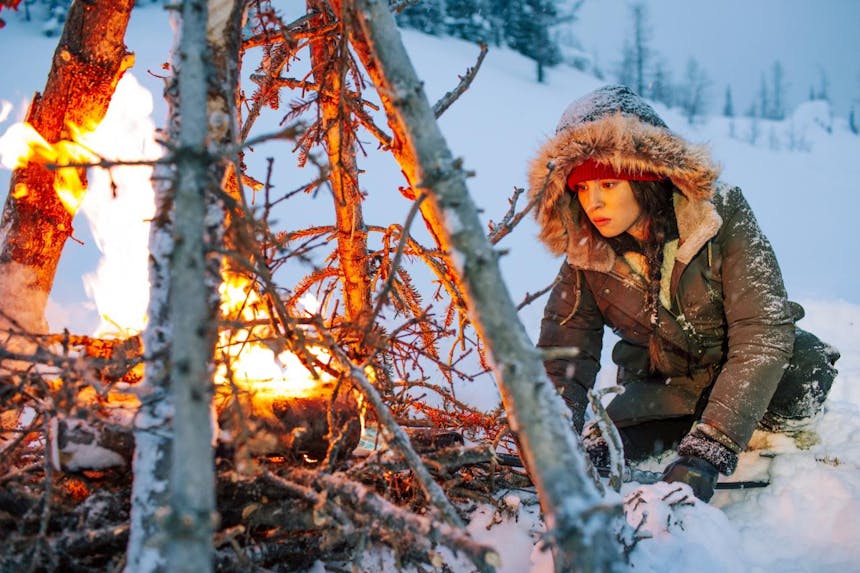
“A lot of people don’t get to travel as much as I do, and many native youth who live on reservations don’t get to travel at all,” she says. “I get this opportunity to share these places with people, and it’s a way of saying, anything is possible.”
Keya also takes her camera to dance performances and enjoys photographing other dancers. She tells me she always offers to give her subjects the photo and wants more natives to see themselves the way she sees them.
“When I photograph native dancers, I like to think I’m capturing them at their best,” Keya says. “I think, ‘This is you. Look how beautiful you are. This is what I see, this is how I see you out there dancing to our songs in our language. Be proud we are still here!’”
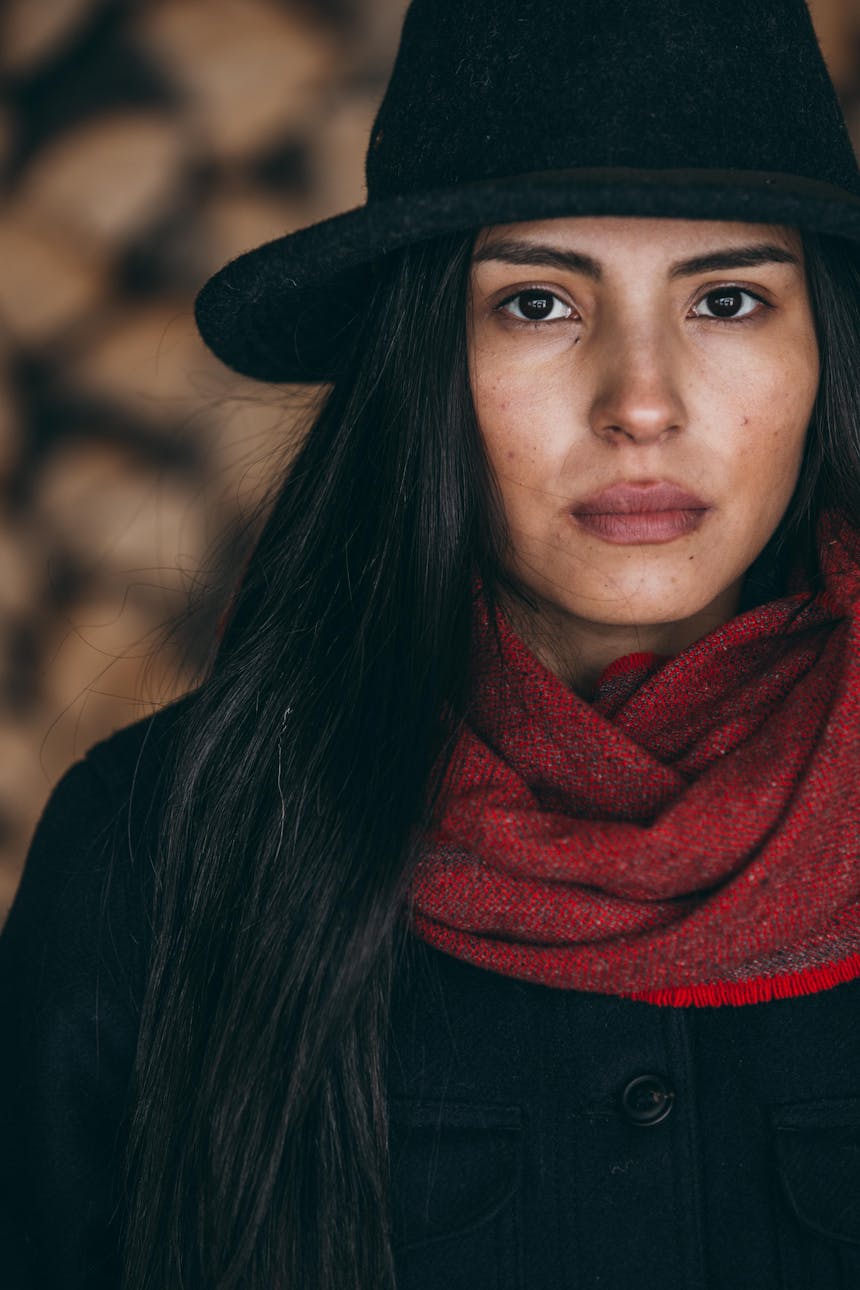
With a growing number of fans, followers, and young girls approaching her at powwows, Keya feels a responsibility to be a positive influence on others and wants native youth to have someone to look up to. “I feel that I have a responsibility,” Keya says. “I’m going to use what I have to make something better for other people. It’s critical. If I can influence our youth to value themselves, I feel like I’m doing a good job.”
Keya is currently living in Sante Fe, New Mexico and plans to study photography and film at the Institute of American Indian Arts.
